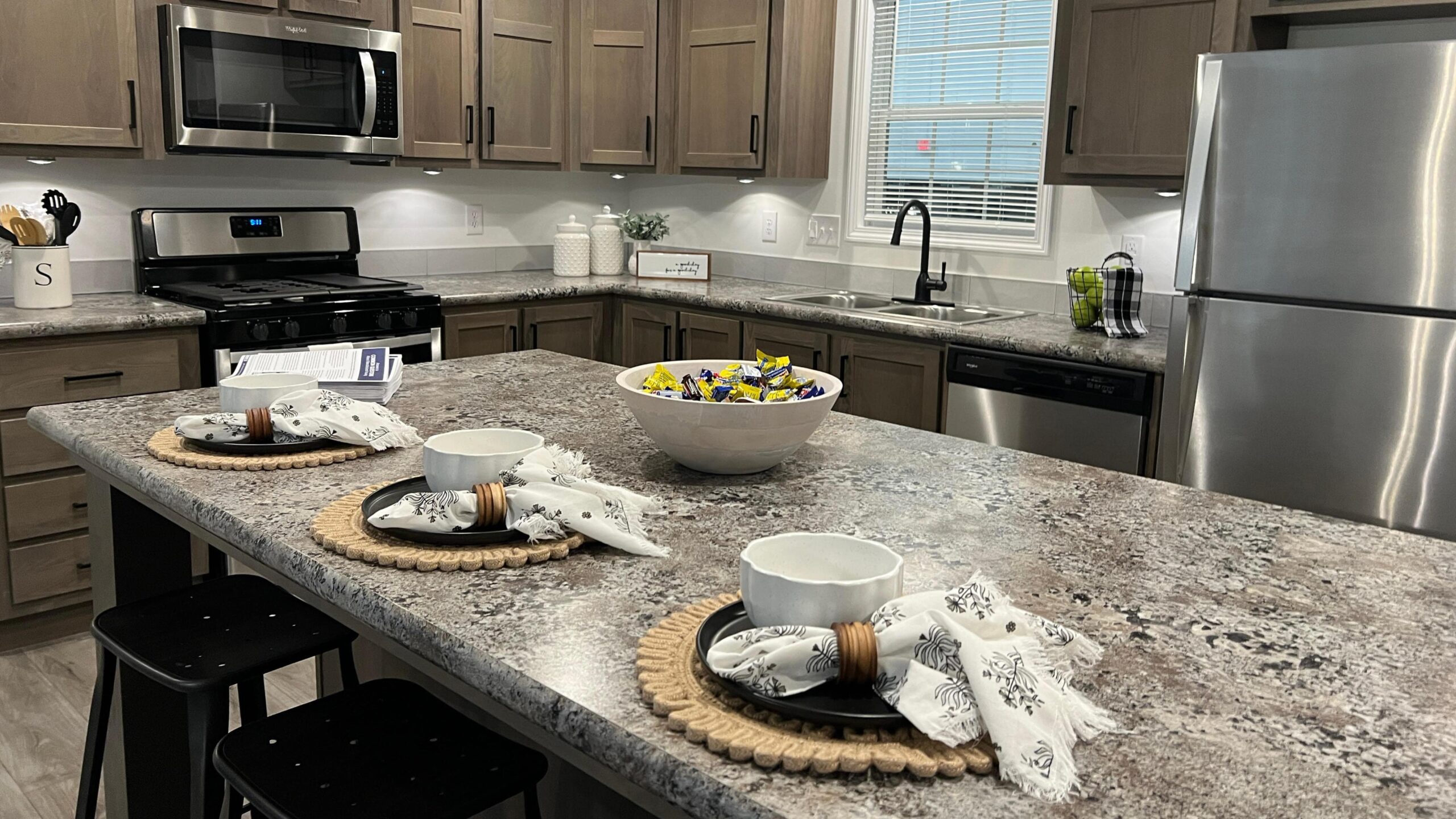A Chemical-Free Home is Achievable Even on a Budget
What if we still painted our homes with lead?
Mixed with pigment, lead leaves a shiny, white finish. It was a standard for decades.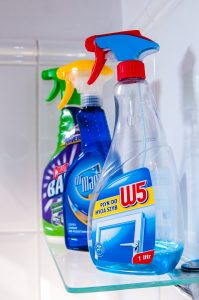
But 40 years ago, the dangers of lead became clear. Home painters exchanged shiny walls for fewer health risks.
Imagine putting a can of lead under your sink, using it to mop your floors in an unventilated home, spraying it on your tub or shower to kill germs.
We scoff at that idea, but hardly bat an eye when dowsing our homes in chemicals that could harm us if we accidentally drank a glass. They at least irritate our lungs each time we use them. In 2016, household cleaners were responsible for 11 percent of toxic exposures reported to the Poison Control Center in the United States. Children are particularly at risk.
What Researchers Say About the Importance of a Chemical-Free Home
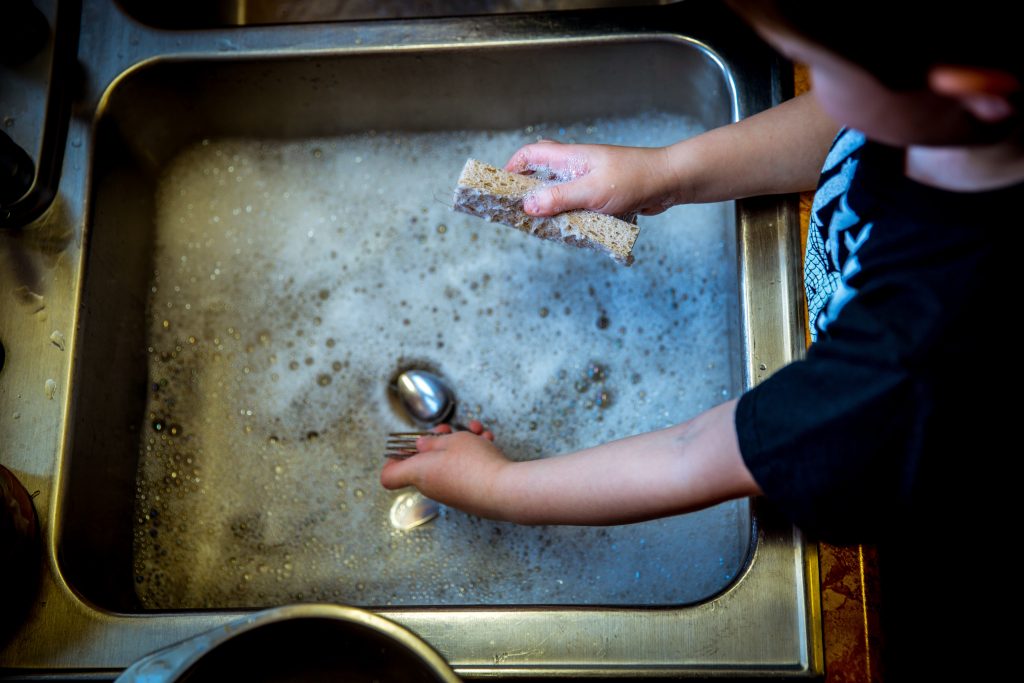
Studies have increasingly shown that people often exposed to home cleaners are more likely to develop asthma. And some research suggests certain common, home-cleaner chemicals cause cancer cells to multiply – but this research is still in its beginning stages.
The American Lung Association (ALA) warns against volatile organic compounds (VOCs). These include chemicals found in paint, oven cleaner, hand soap, window cleaners, etc. Generally these can cause asthma, respiratory problems, nausea and a variety of other symptoms, as listed by the Environmental Protection Agency (EPA).
What Are the Best Chemical-Free Home Solutions?
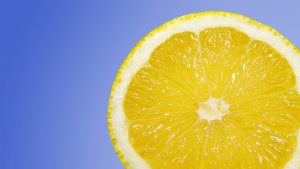 A few basic ingredients prove just as effective for home maintenance: Vinegar, lemon juice, baking soda and even microfiber cloths – paired with elbow grease – can clean your home just as well in most instances.
A few basic ingredients prove just as effective for home maintenance: Vinegar, lemon juice, baking soda and even microfiber cloths – paired with elbow grease – can clean your home just as well in most instances.
If you don’t want to make your own products, there are plenty of brands that are non-toxic and green; just be aware of “greenwashing”. Just because something is “biodegradable” or 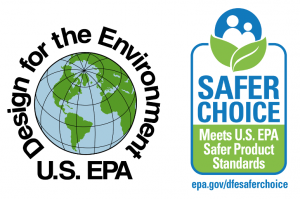 “natural”, doesn’t mean it’s actually helping the environment. Look for legitimate logos, like the “Design for the Environment” logo by the EPA, the Green Seal or the EcoLogo.
“natural”, doesn’t mean it’s actually helping the environment. Look for legitimate logos, like the “Design for the Environment” logo by the EPA, the Green Seal or the EcoLogo.
According to the EPA, two main types of ingredients — surfactants and builders — can harm the environment. Surfactants help remove dirt but are toxic to aquatic life. Builders change water quality so it cleans better, but builders like inorganic phosphate can lead to a loss of oxygen in waterways. The EPA requires products bearing its label to use safer versions of these products and use low amounts of VOCs.
Suggestions for chemical-free home maintenance
Not only will switching to natural ingredients for a chemical-free home help improve your health, it will help the environment, too. Below are some suggestions for why and how to change up your home cleaning routines for the better.
- Last year, the FDA forced hand-and-bar soap companies to stop using antibacterial ingredients, like triclosan, in hopes of keeping bacteria from building up resistance and transforming into superbugs. Some concerns remain for other ingredients in many big-brand soaps, though. Instead, wash your hands or dishes with a simple castile soap, like
- Dr. Bronners. Instead of Windex, use vodka to get that squeaky-clean shine. Window cleaner often contains ammonia. Its fumes can cause eye and throat irritation – leading even to blindness – on their own; when exposed to bleach fumes, ammonia creates a noxious gas.
- Sometimes I fall prey to the “just-cover-everything-in-bleach” method. But the ALA warns bleach can contribute to chronic respiratory problems and may aggravate asthma.
 Instead, just cover everything in vinegar. The smell dissipates pretty quickly. Since vinegar contains acetic acid, it’s still good to ventilate the rooms you clean. Anyone can find plenty of recipes with a simple web search. For example, instead of fabric softener, remove static by adding white vinegar to your wash. Keeper of the Home suggests this all-purpose home cleaner: In a spray bottle, combine half a cup of vinegar, two tablespoons of baking soda and fill with water. Adding essential oils can cut the vinegar smell.
Instead, just cover everything in vinegar. The smell dissipates pretty quickly. Since vinegar contains acetic acid, it’s still good to ventilate the rooms you clean. Anyone can find plenty of recipes with a simple web search. For example, instead of fabric softener, remove static by adding white vinegar to your wash. Keeper of the Home suggests this all-purpose home cleaner: In a spray bottle, combine half a cup of vinegar, two tablespoons of baking soda and fill with water. Adding essential oils can cut the vinegar smell. - Dish washing and laundry detergents are notorious for containing surfactants, builders and VOCS. Instead, (another Keeper of the Home recipe!) for dishes, try a concoction using one cup of Safer-Choice certified Lemi-Shine, one cup salt, one cup baking soda, two cups Borax and then placing in an air-tight container. Try this recipe for laundry detergent.
- Make a simple insect repellent for home or yard by blending mint leaves, water and rubbing alcohol, then spraying the mixture in offending areas. Here is another great resource on 24+ Simple Ways to Repel Mosquitoes.
- Paints no longer contains lead, but usually utilize VOCs that off-gas as the paint dries — it’s not the best to inhale. At minimum, make sure to keep your home ventilated when painting. Or try one of these non-VOC paints.


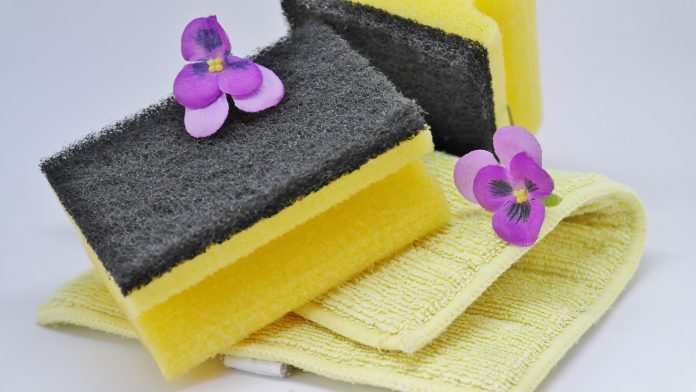
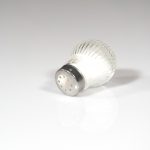 Instead, just cover everything in vinegar. The smell dissipates pretty quickly.
Instead, just cover everything in vinegar. The smell dissipates pretty quickly. 



